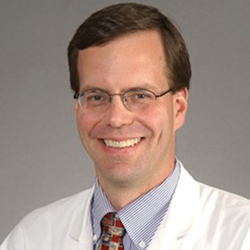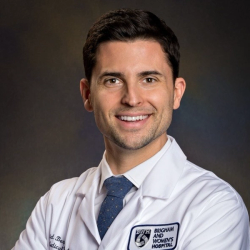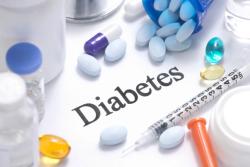
OR WAIT null SECS
Sexual Activity Shows Low Association With Sudden Cardiac Death in Younger Patients
Sexual activity was involved in 0.2% of all SCDs, with sudden arrhythmic death syndrome and cardiomyopathies predominant underlying causes.
New research assessed the proportion of sudden cardiac death (SCD) associated with sexual activity to determine the characteristics and underlying causes of death in a large specialist cardiac pathology unit.
Led by Mary N. Sheppard, MD, Cardiovascular Clinical Academic Group, St George’s University of London, the team found sexual activity was involved in 0.2% of all SCDs in the cohort of patients who underwent comprehensive autopsy. Sudden arrhythmic death syndrome and cardiomyopathies were noted as being predominant underlying causes.
“We believe these findings provide some reassurance that engaging in sexual activity is relatively safe in patients with a cardiac condition, especially in younger (aged <50 years) individuals,” Sheppard wrote.
Methods
The study reviewed a database of SCD cases referred to the center for cardiac pathology at St. George’s University of London between January 1994 - August 2020. All SCD cases underwent a detailed autopsy to exclude non-cardiac causes, with SCD defined as death occurring within 12 hours of apparent well-being.
Investigators obtained clinical information from referring coroners who completed a questionnaire. Each case underwent macroscopic and histological evaluation of the heart by expert cardiac pathologists.
The results were expressed as a mean (SD) for continuous variables or as a number of cases (%) for categorical variables.
Findings
From a total of 6847 SCD cases reviewed, death occurred during or within 1 hour following sexual intercourse in 17 cases (0.2%). The mean age at death was 28, with the majority (11 of 17, 65%) identified as male patients.
A single individual had a premorbid diagnosis of mitral valve prolapse, attributed as the cause of death, while 1 individual was diagnosed with hypertension and died of aortic dissection.
Data show a structurally normal heart at autopsy was suggestive of sudden arrhythmic death syndrome was found in 9 individuals (53%), followed by aortic dissection in 2 individuals (12%). A single death was attributed to causes, including arrhythmogenic cardiomyopathy, hypertrophic cardiomyopathy, ischemic heart disease, idiopathic fibrosis, idiopathic left ventricular hypertrophy, and mitral valve prolapse.
Further, SCD that occurred during sex accounted for a low proprotion of patients who died, even when causes of death were analyzed (sudden arrhythmic death syndrome: 9 of 3426, 0.2%; arrhythmogenic cardiomyopathy: 2 of 274, 0.7%; hypertrophic cardiomyopathy: 1 of 265, 0.3%; aortic dissection: 2 of 97, 2%; ischemic heart disease: 1 of 573, 0.1%; idiopathic fibrosis: 1 of 165, 0.6%; idiopathic left ventricular hypertrophy: 1 of 251, 0.3%; mitral valve prolapse: 1 of 84, 1%).
Takeaways
The study cohort had a substantially higher portion of female patients who died, compared to previous studies. Investigators noted this is likely an association with the difference in age bracket, with the mean age of death of 38 years.
“Sudden arrhythmic death syndrome and cardiomyopathies were predominant underlying causes, reflecting the age of the cohort of decedents that we assessed,” investigators wrote.
The study, “Association of Sexual Intercourse With Sudden Cardiac Death in Young Individuals in the United Kingdom,” was published in JAMA Cardiology.
Related Content:


